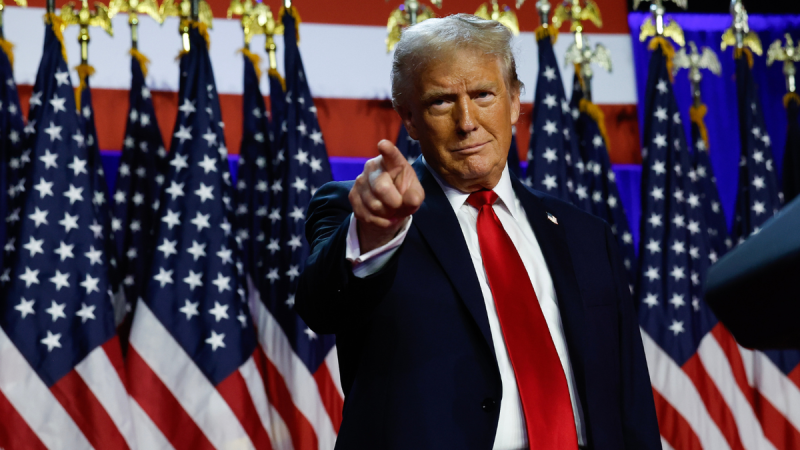Latest News
18-11-2024 12:14
16 Views
Exploring Reconciliation: The Power Tool Republicans Plan to Leverage for Aggressive Federal Policy Changes

Title: An Insight into the Reconciliation Tool in American Politics
In the ever-evolving dynamic world of American politics, the tool of reconciliation has become a topic of keen interest and debate. As heated discussions rise to a crescendo, this legislative mechanism, a little-known budget reconciliation process, has started to influence strategic decisions and federal policy with unmatched prominence.
Understanding 'Reconciliation'
To gain insight into its significance, it is vital to first define reconciliation. Born out of the Congressional Budget Act of 1974, reconciliation is a legislative mechanism or procedure intended to expedite budget-related bills, especially around spending, taxes, and debt. By design, this process bypasses the conventional Senate filibuster – a tactic extensively used in American politics, requiring 60 votes to advance most legislation – and instead only needs a simple majority.
The utilization of this tool is strictly controlled, limited to matters directly affecting the federal budget. However, its credibility has not dwindled; instead, it has emerged as a potent instrument benefiting both the parties depending upon their majority in the Senate.
Reconciliation in Action: The Republican Perspective
In recent years, the Republicans have exhibited considerable interest in advancing their agenda through reconciliation. It's becoming a preferred tool for situations when party control is split among the chambers of Congress and the Presidency, allowing major legislation to pass without the need for bipartisan consensus.
For instance, during the Trump administration, the Republicans used reconciliation to usher in the 2017 Tax Cuts and Jobs Act, revolutionary tax reform that significantly lowered corporate tax rates from 35% to 21%. This important piece of legislation, which would likely have faced a filibuster, was passed using the simple majority rule.
The Democrats, under the Biden administration, have also capitalized on this tool to pass the $1.9 trillion American Rescue Plan. This act aimed at providing economic relief in the wake of the COVID-19 pandemic, emphasizing once again the tool’s unique power to drive significant fiscal legislation.
Pushing the Outer Limits of Federal Policy
Undeniably, while reconciliation was intended to expedite budget-related legislation, it's starting to push the outer limits on federal policy. Given its allowance for Senate bills to pass with a simple majority, reconciliation has played a pivotal role in adopting sweeping changes in the federal policy landscape.
Recently, there's been controversial debate among Republicans about using this tool to repeal and replace the Affordable Care Act, commonly referred to as Obamacare. Although Democrats strongly contested this move, it brought to light the potential extent to which reconciliation can be used to steer federal policy changes.
Despite the limited scope initially intended, the process is now being eyed as a solution for pushing through more contentious, non-budgetary legislative changes. This power has left some critics concerned about the potential for partisan misuse, suggesting reforms to prevent reconciliation from becoming a catch-all route to bypass political roadblocks.
In conclusion, the tool of reconciliation presents an intriguing paradox in its potent legislative power and the potential for misuse. As a formidable instrument in the American political machinery, it deserves close monitoring in the ever-changing political climate - its usage, impacts, and future implications hold substantial sway over the nation's legislative process and federal policy. However, its power also underlines the need for reform and precision, ensuring it continues to uphold democratic ideals without further polarizing an already divided political landscape.




